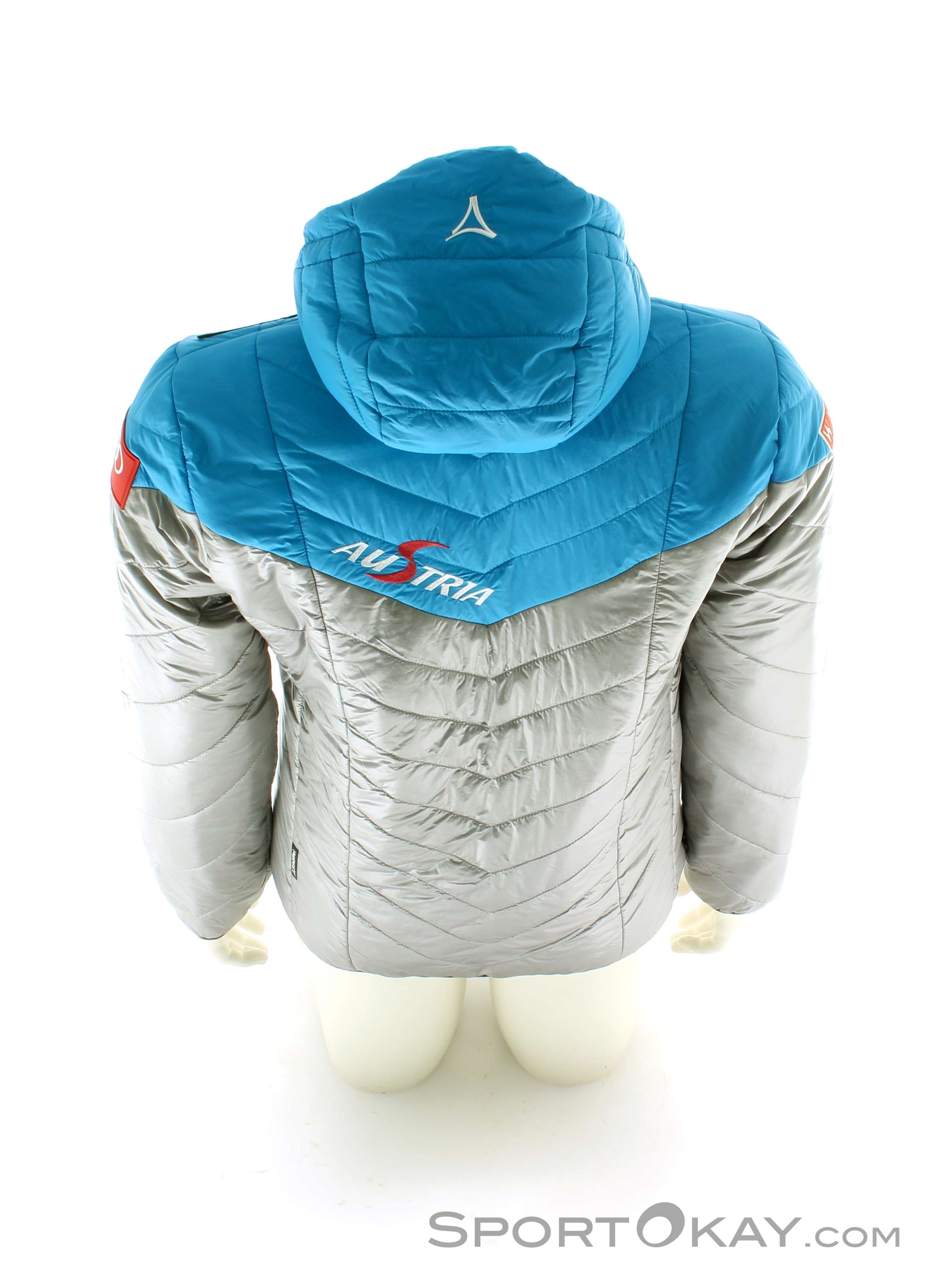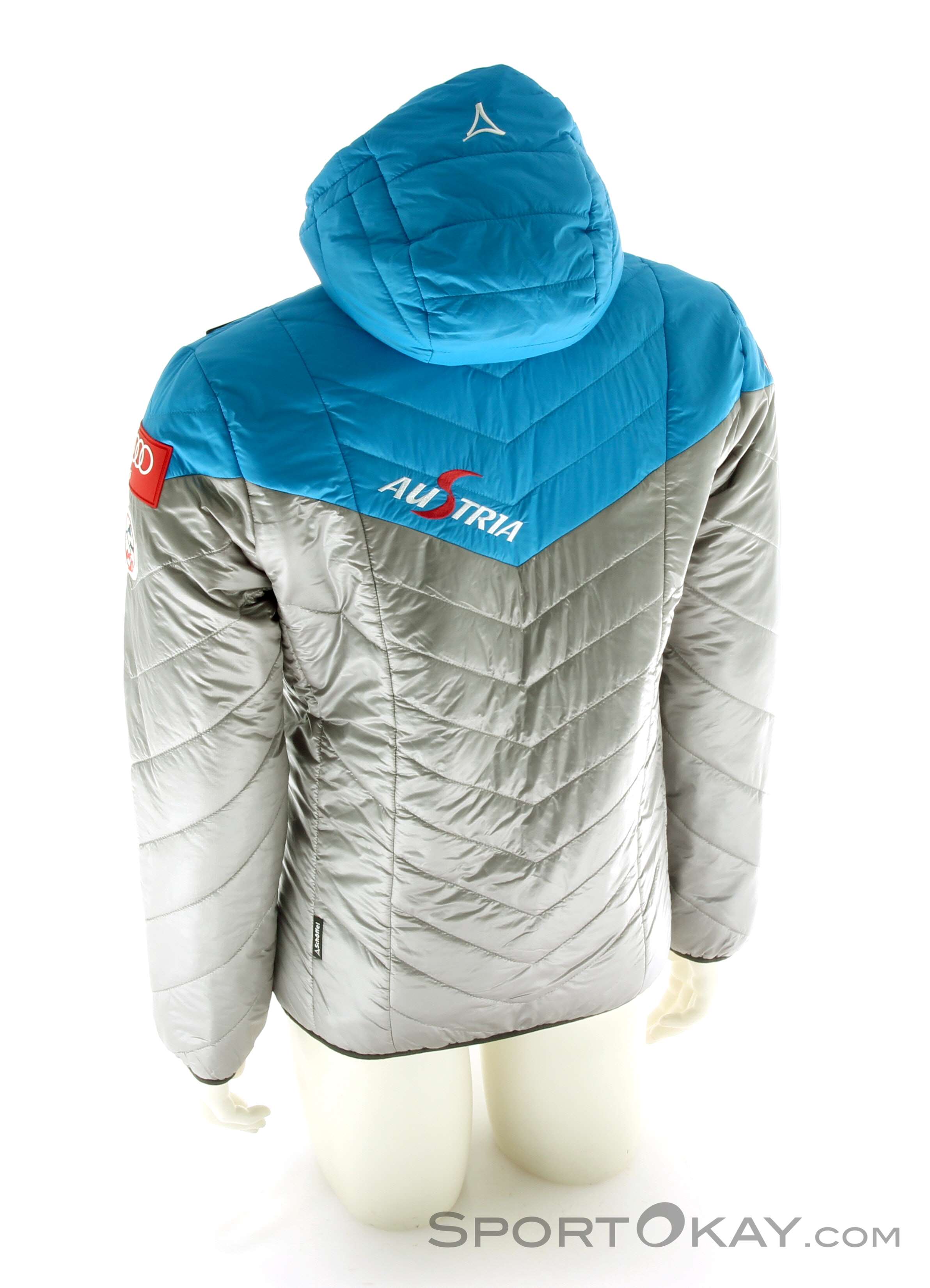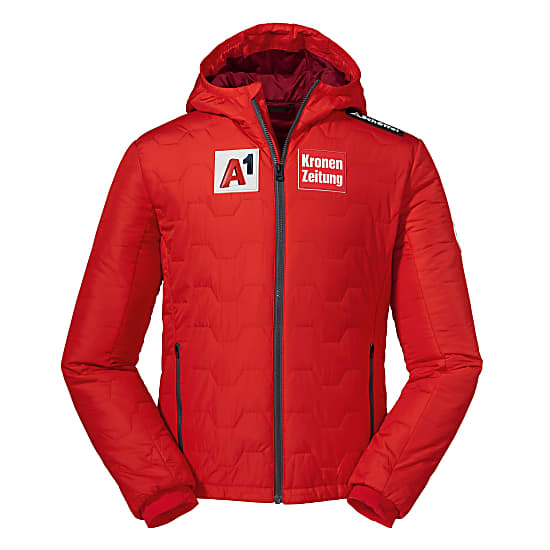
Schöffel Ventloft Hoody Zion Raceteam Uomo Giacca Outdoor - Giacche - Abbigliamento Outdoor - Outdoor - Tutti

Schöffel Ventloft Hoody Zion Raceteam Uomo Giacca Outdoor - Giacche - Abbigliamento Outdoor - Outdoor - Tutti

Schöffel Jacke Ventloft Hoodie Zion Gr. 48 in Leipzig - Südwest | eBay Kleinanzeigen ist jetzt Kleinanzeigen

Schöffel Ventloft Hoody Zion Raceteam Uomo Giacca Outdoor - Giacche - Abbigliamento Outdoor - Outdoor - Tutti

Schöffel Ventloft Hoody Zion Raceteam Herren Outdoorjacke - Jacken - Outdoorbekleidung - Outdoor - Alle

Schöffel Jacke Ventloft Hoodie Zion Gr. 48 in Leipzig - Südwest | eBay Kleinanzeigen ist jetzt Kleinanzeigen

Schöffel Ventloft Hoody Zion Herren-Isolationsjacke - 50% Rabatt - SportXX - ab 20.01.2017 - Deal.ch














